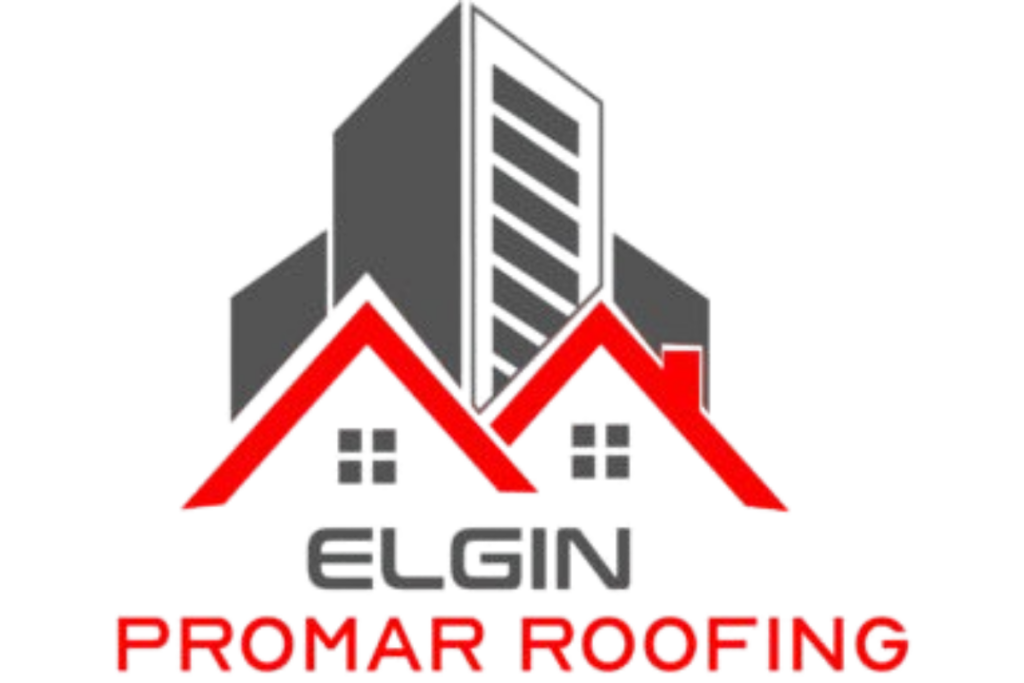When it comes to roofing, homeowners are often faced with a variety of choices. One option that stands out due to its durability, aesthetics, and eco-friendliness is the composite roof. Made from a combination of different materials, composite roofing provides a durable, cost-effective, and versatile solution for many homeowners. This article will explore the material composition, benefits, and installation techniques of composite roofing.
What is a Composite Roof?
A composite roof is made from a mixture of materials, often including asphalt, fiberglass, and recycled plastics. These materials are combined to create a roofing product that offers the best of both worlds—strength and flexibility. Composite shingles can be designed to mimic the look of traditional materials like slate, wood, or tile, giving homeowners a stylish roof without the high maintenance or cost typically associated with those materials.
Materials Used in Composite Roofing
Composite roofing materials vary depending on the manufacturer, but the most common elements include:
- Asphalt: Asphalt is one of the most popular materials in composite roofing, primarily because of its affordability and weather-resistant properties. When combined with other materials, asphalt can help create a roofing system that withstands harsh weather conditions while offering a long lifespan.
- Fiberglass: Fiberglass is another critical component used in composite roofing. It adds strength and flexibility to the shingles while keeping them lightweight. Fiberglass is also resistant to fire, mold, and rot, making it an excellent choice for areas with extreme weather conditions.
- Recycled Plastics and Rubber: Many composite roofing materials incorporate recycled plastic or rubber. These eco-friendly components enhance the roof’s durability and make it more resistant to impact damage, such as hail or falling branches.
- Mineral Granules: Composite shingles often feature mineral granules on the surface, which provide additional UV protection and aesthetic appeal. These granules help to reflect sunlight, keeping your home cooler during the summer months and reducing energy costs.
Benefits of Composite Roofing
Composite roofing offers several advantages over traditional roofing materials, including:
- Durability: One of the most significant benefits of composite roofing is its longevity. These roofs can last 50 years or more when installed properly, with some manufacturers offering warranties up to 50 years.
- Weather Resistance: Composite roofs are designed to withstand a variety of weather conditions, including heavy rain, snow, and high winds. The combination of materials used in composite roofing ensures that it remains intact even in harsh environments.
- Energy Efficiency: Many composite roofing products are designed to reflect sunlight, which can help reduce heat buildup in your home. This energy-efficient feature can lower cooling costs, especially in warm climates.
- Eco-Friendliness: Since composite shingles are made from recycled materials, they are a more sustainable roofing option compared to traditional materials like asphalt shingles. This can be a major selling point for eco-conscious homeowners.
- Low Maintenance: Composite roofing requires less maintenance than traditional roofing materials. It’s resistant to mold, algae, and rot, and it doesn’t require frequent re-coating or cleaning.
Installation of Composite Roofing
Installing composite roofing requires expertise to ensure that the roof is secure, weather-tight, and will last for years. Here’s an overview of the installation process:
- Preparation: The first step in installing a composite roof is to prepare the roof deck. This includes removing the old roofing material (if necessary), ensuring that the deck is in good condition, and laying down a protective underlayment.
- Laying the Shingles: Once the roof deck is ready, the composite shingles are laid down starting from the eaves. The shingles are usually fastened using nails or screws, depending on the manufacturer’s instructions. Care must be taken to align the shingles properly to ensure a secure, weather-tight fit.
- Flashing Installation: Flashing is installed around roof features such as chimneys, vents, and skylights. This step is crucial to prevent water from infiltrating vulnerable areas of the roof.
- Final Touches: After the shingles are laid and the flashing is in place, the roof is inspected for any gaps or issues. The installation process ends with ensuring that all seams and edges are properly sealed.
Why Choose Elgin Promar Roofing for Composite Roofing Installation?
At Elgin Promar Roofing, we specialize in the installation of composite roofs that offer unmatched durability, energy efficiency, and aesthetic appeal. Our experienced roofing professionals ensure a smooth installation process from start to finish, paying attention to every detail to guarantee that your new roof will stand the test of time.
We use only the highest quality composite roofing materials, ensuring that your home remains protected and looks great for years to come. Whether you’re upgrading your existing roof or building a new home, composite roofing is a smart and eco-friendly choice. Contact Elgin Promar Roofing today for a free consultation!



